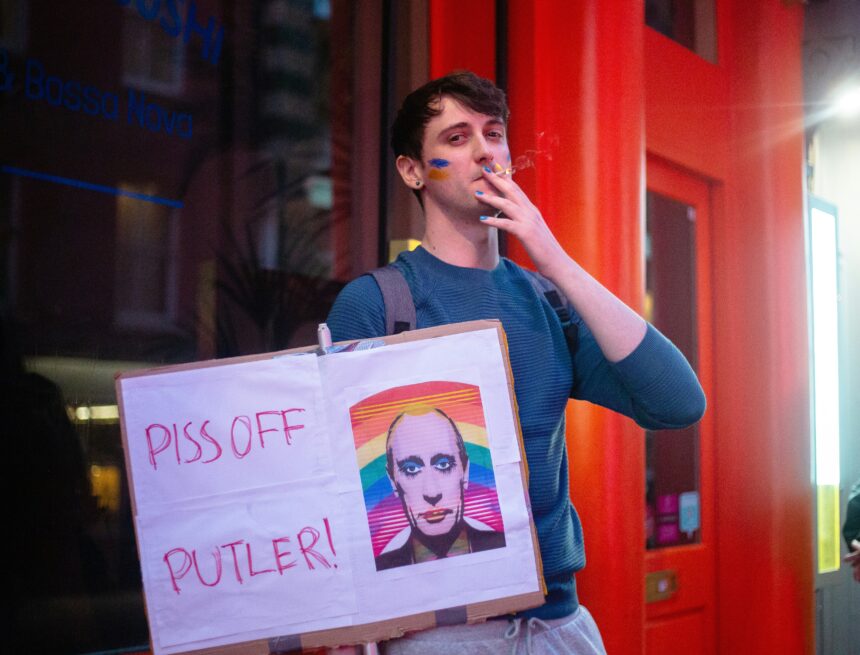Latest Articles
-
Queer Lives in Polish Cinema: Rural vs. Urban Struggles

Photo by Karollyne Videira Hubert on Unsplash The queer experience is never monolithic. It shifts depending on geography, family, faith, politics, and culture. In Poland, this reality is made visible through contemporary cinema, where filmmakers grapple with questions of identity, secrecy, and survival. Two films in particular—Operation Hyacinth (2021, dir. Piotr Domalewski) and In the…
-
Queer Lives, Communism, and the AIDS Crisis in Michał Witkowski’s Lovetown

Photo by Moritz Kindler on Unsplash Michał Witkowski’s Lovetown offers a strikingly unflinching portrait of queer life in Poland at the cusp of monumental political and cultural change. What struck me most while reading was not only the vivid depictions of LGBTQ+ subcultures, but the repeated references to the AIDS crisis—a reminder that this epidemic…
-
Mpox, Media, and Misinformation: Why Queer Bodies Always Pay the Price

Photo by Alexander Grey on Unsplash When the mpox virus (formerly called monkeypox) started spreading in 2022, the headlines came quickly — and so did the stigma. Within weeks, mainstream outlets and social media users alike were calling it a “gay disease,” repeating the same tired script used during the AIDS crisis. Once again, queer…
